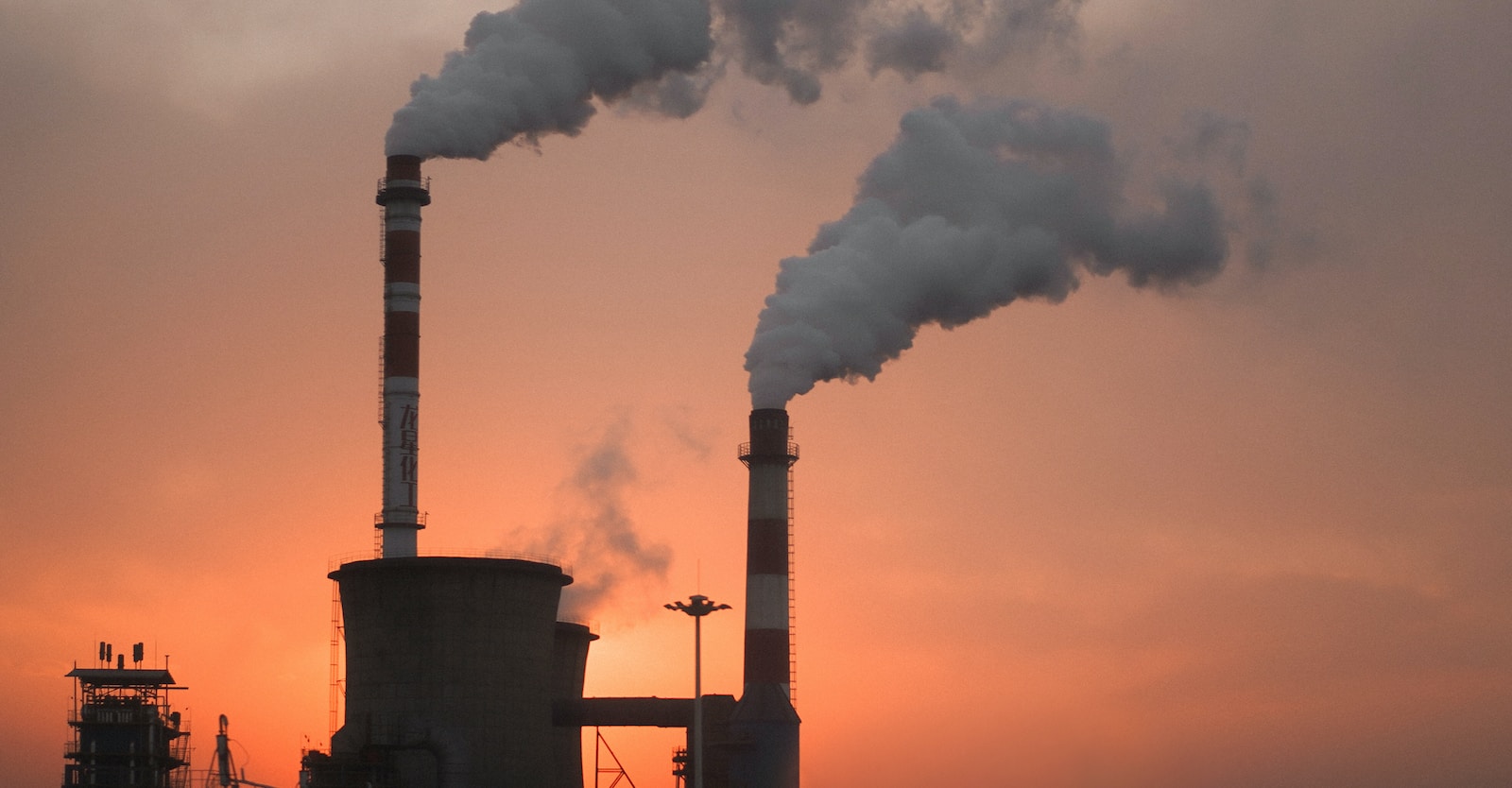- Operations management involves the planning, organizing, and controlling of business processes to ensure efficient production and delivery of goods and services.
- The stages of production are a critical aspect of operations management and refer to the different phases involved in transforming raw materials into finished products or delivering services to customers.
Stages of Production:
- Primary: This stage involves the extraction and harvesting of raw materials. Examples include agriculture, mining, fishing, and logging.
- Secondary: This stage involves the processing of raw materials into finished products. Examples include manufacturing, construction, and energy production.
- Tertiary: This stage involves the provision of services to customers. Examples include healthcare, hospitality, transportation, and education.
Importance of Knowing Levels of Production:
- Helps businesses to identify the specific needs and requirements for each stage of production, enabling them to optimize their operations and reduce costs.
- Understanding the levels of production can help businesses to identify potential bottlenecks or inefficiencies in their production processes.
- Knowledge of the different stages of production can help businesses to identify potential suppliers, partners, and customers at each level of the supply chain.
- It helps businesses to plan their operations and allocate resources effectively across different stages of production.
- Understanding the stages of production is essential for businesses that want to diversify their operations or expand into new markets.
Differences and Similarities of Business Operations in Each Level:
- Each level of production requires different types of resources, including labor, capital, and technology.
- The primary level is characterized by a heavy reliance on natural resources and a higher degree of uncertainty due to factors such as weather and environmental conditions.
- The secondary level involves more complex and specialized processes, such as manufacturing and assembly, and requires a greater degree of coordination and planning.
- The tertiary level involves the provision of services, which can be highly personalized and require a greater degree of interaction with customers.
- Despite these differences, all levels of production are interlinked and dependent on each other to some extent.
NB:
- The stages of production are an essential aspect of operations management that enable businesses to optimize their processes, reduce costs, and deliver high-quality goods and services to customers. Understanding the differences and similarities between the different levels of production is critical for businesses that want to succeed in today’s complex and interconnected global marketplace.




